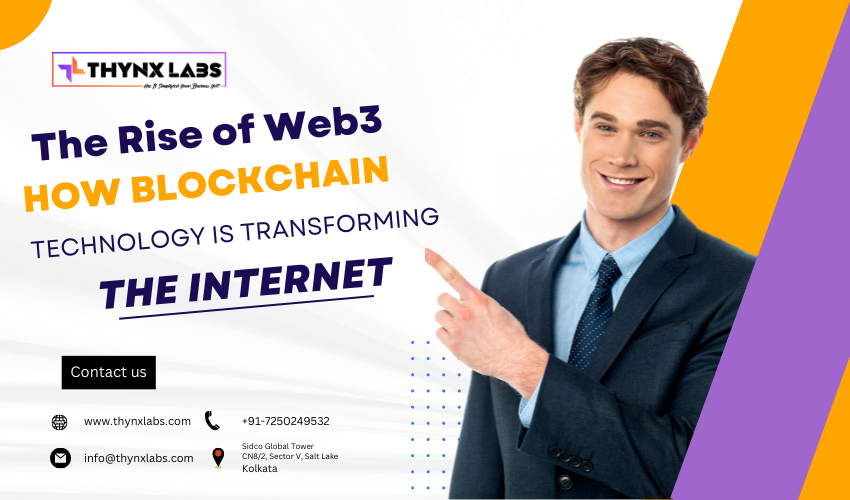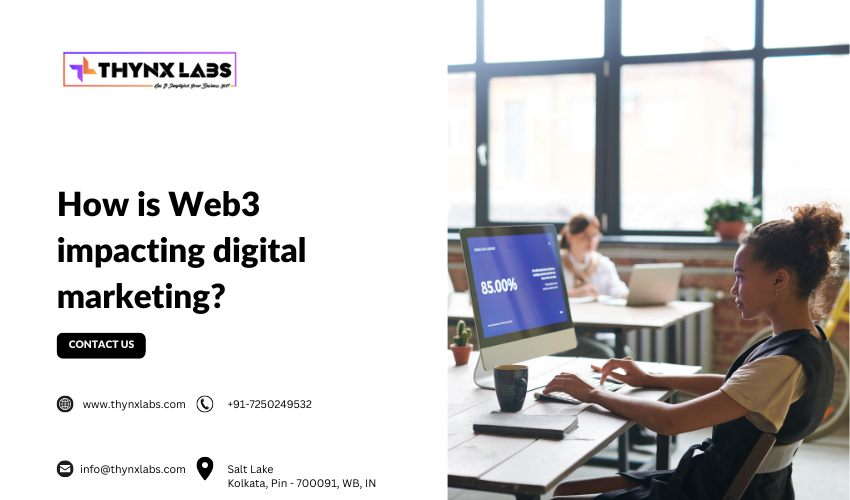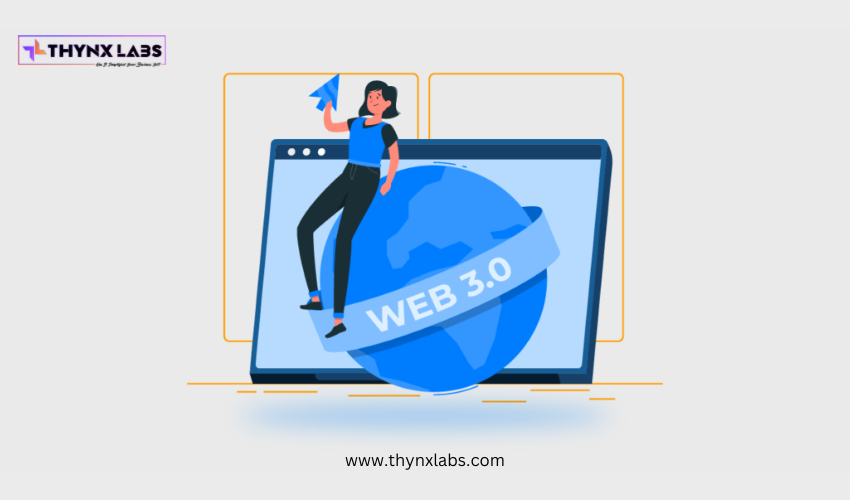The Intersection of Web3 and Internet of Things
The Intersection of Web3 and Internet of Things (IoT): Building a Connected Future
Introduction:
The convergence of Web3 technologies and the Internet of Things (IoT) is poised to revolutionize the way we interact with the world around us. Web3, built on the principles of decentralization and blockchain, aims to create a user-centric and trustless environment, while IoT connects physical devices and enables seamless data exchange. This article explores the intersection of Web3 and IoT, highlighting the potential for building a connected future. By combining the decentralized nature of Web3 with the vast network of interconnected devices in IoT, businesses and individuals can unlock new opportunities for secure data sharing, automated processes, and enhanced user experiences.
I. Understanding Web3 and IoT:
- Definition and Principles of Web3
- Overview of Internet of Things (IoT)
- Synergies and Shared Values between Web3 and IoT
II. Web3-IoT Integration: Key Applications and Benefits:
- Decentralized Device Communication and Data Exchange
- Secure Data Sharing and Ownership
- Eliminating Single Points of Failure B. Smart Contracts for Automated IoT Transactions
- Self-executing Agreements and Conditional Logic
- Streamlining Payment and Settlement Processes C. Enhanced Security and Privacy in IoT Networks
- Distributed Ledger Technology for Data Integrity
- Identity Management and Access Control
III. Web3-IoT Use Cases in Various Industries:
- Smart Homes and Energy Management
- Decentralized Energy Trading and Grid Optimization
- IoT-enabled Home Automation and Security B. Supply Chain and Logistics
- Transparent and Trustless Tracking of Goods
- Smart Inventory Management and Real-time Data Analytics C. Healthcare and Remote Monitoring
- Secure and Privacy-preserving Patient Data Management
- IoT-enabled Telehealth and Personalized Care D. Smart Cities and Infrastructure
- Optimized Resource Allocation and Traffic Management
- Efficient Waste Management and Environmental Monitoring
IV. Challenges and Considerations in Web3-IoT Integration:
- Scalability and Performance
- Handling Large Volumes of IoT Data on Blockchain
- Network Latency and Throughput B. Interoperability and Standardization
- Ensuring Compatibility across Different IoT Devices and Protocols
- Establishing Common Web3-IoT Standards C. Security and Privacy Concerns
- Protecting IoT Devices from Cybersecurity Threats
- Preserving User Privacy in a Decentralized Environment
V. Future Outlook and Opportunities:
- Web3-IoT Innovations in Edge Computing
- Integration with Artificial Intelligence and Machine Learning
- Expanding the Web3-IoT Ecosystem through Collaboration
Conclusion:
The convergence of Web3 and IoT holds immense potential for building a connected future. By combining the decentralized and trustless nature of Web3 with the vast network of interconnected devices in IoT, businesses and individuals can unlock new opportunities for secure data sharing, automated processes, and enhanced user experiences. The integration of Web3 and IoT enables decentralized device communication, automated IoT transactions through smart contracts, and improved security and privacy in IoT networks. Industries such as smart homes, supply chain, healthcare, and smart cities stand to benefit significantly from the synergies between Web3 and IoT. However, challenges such as scalability, interoperability, and security must be addressed for seamless integration. Looking ahead, the future of Web3-I


